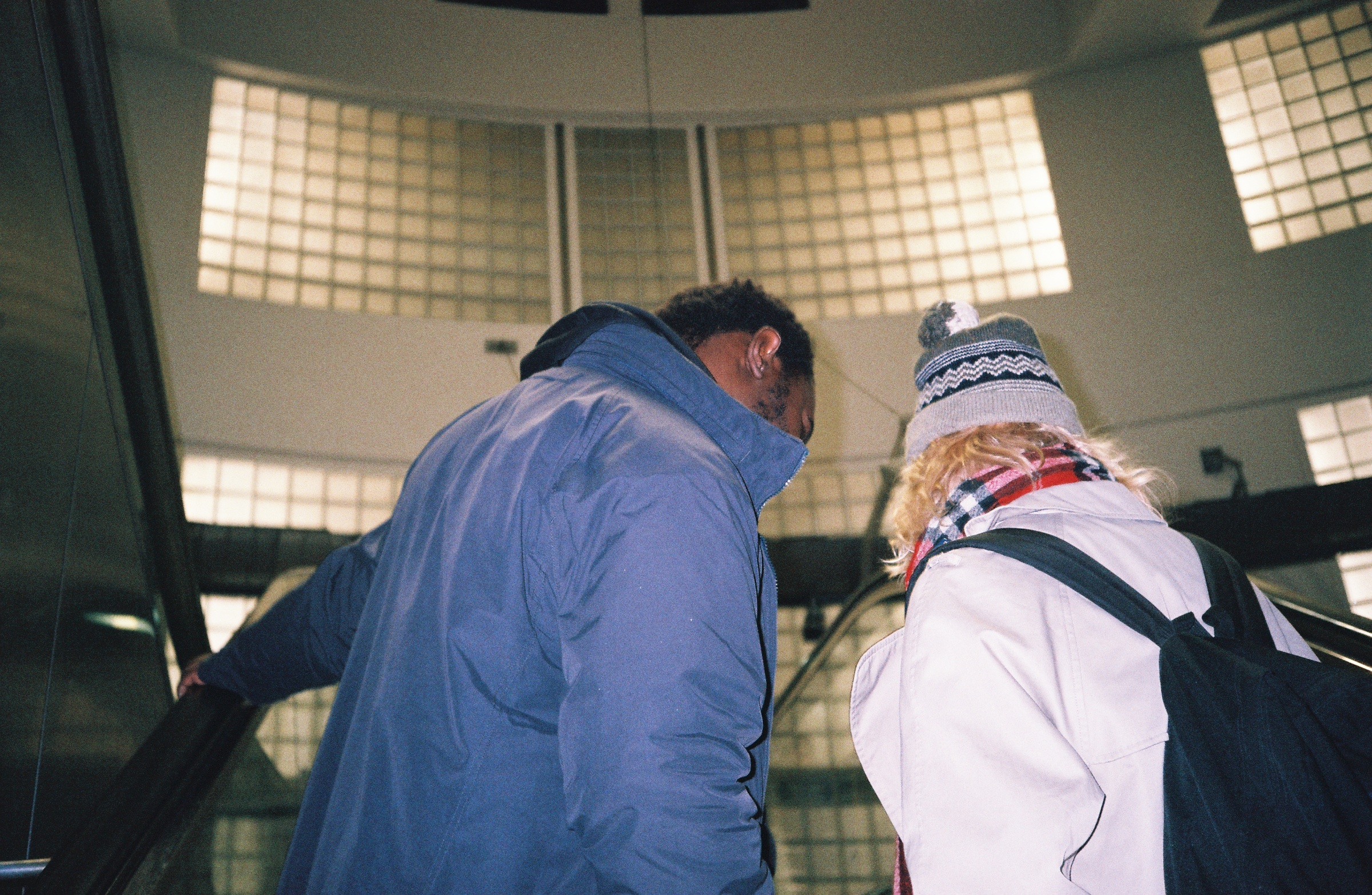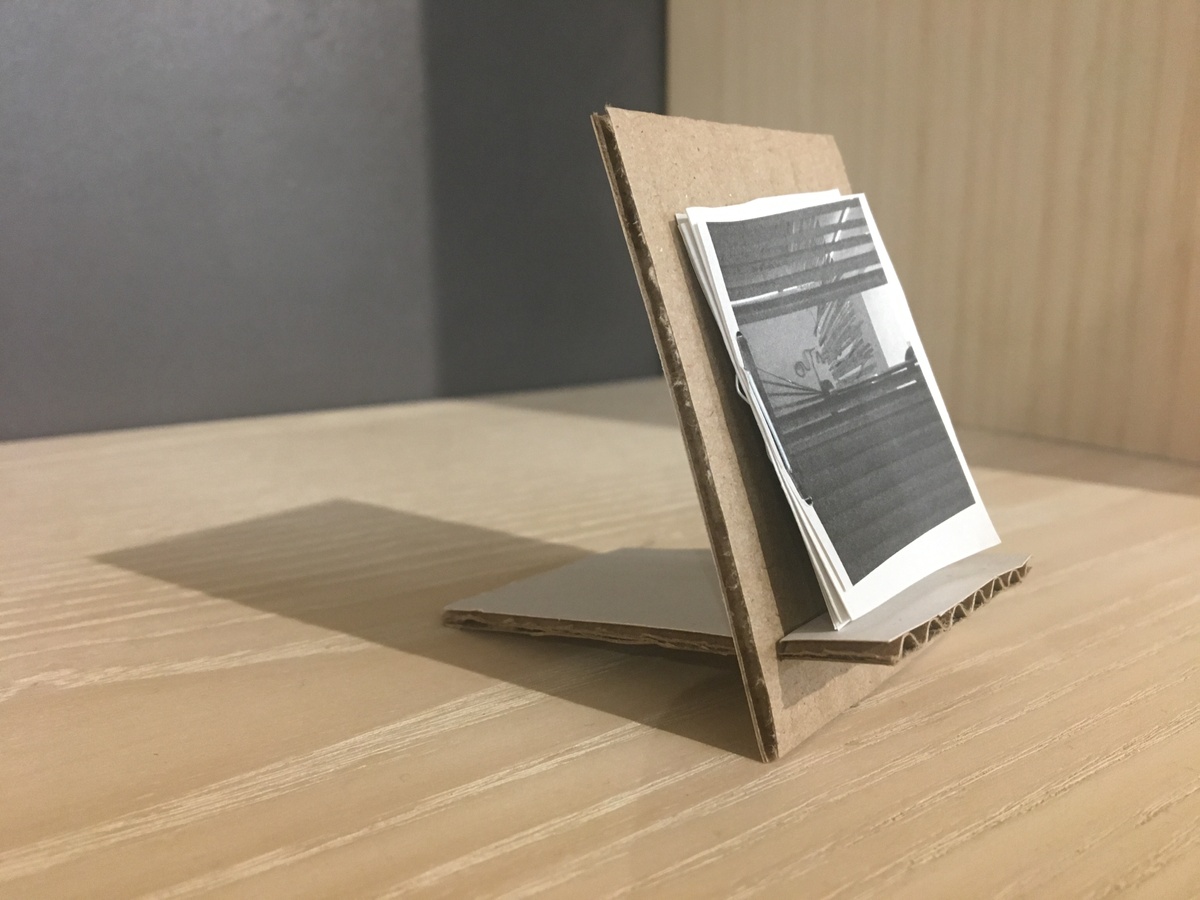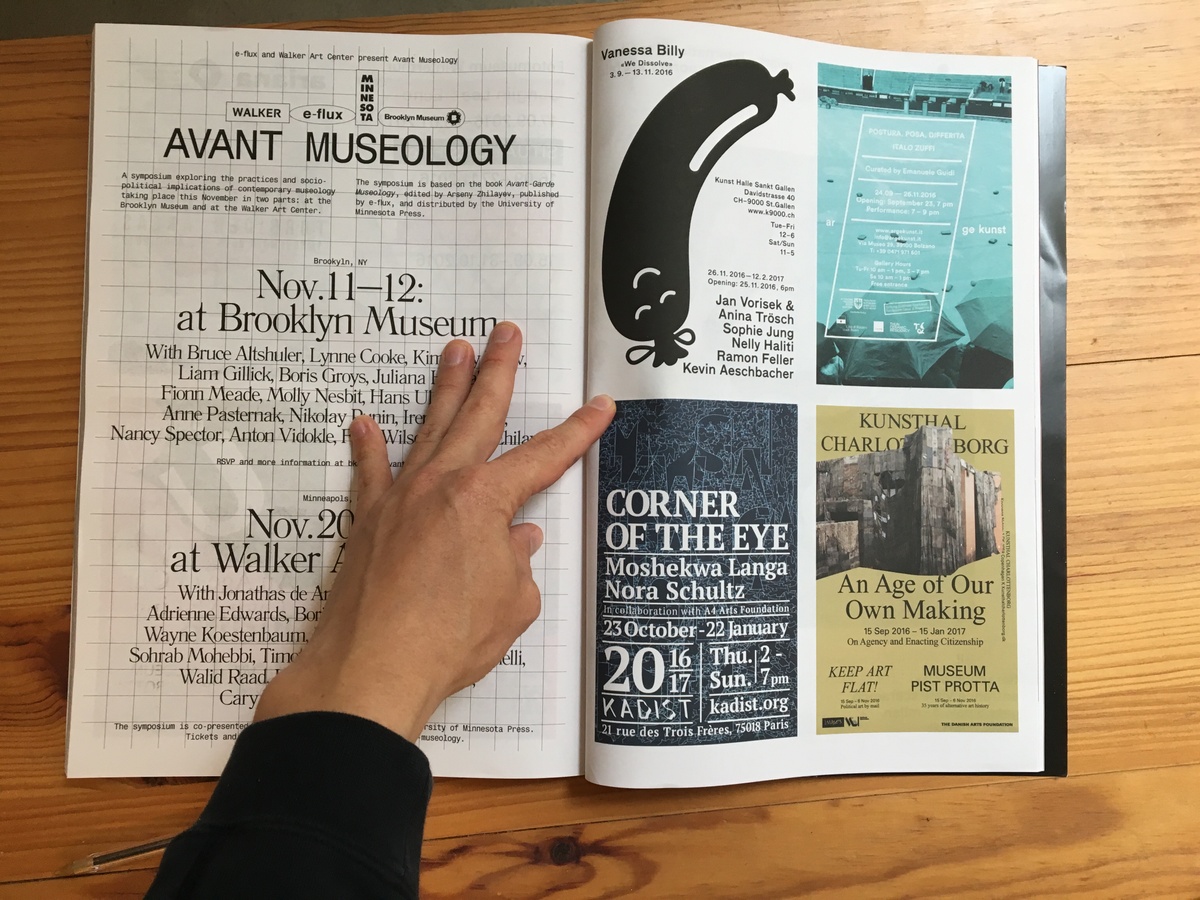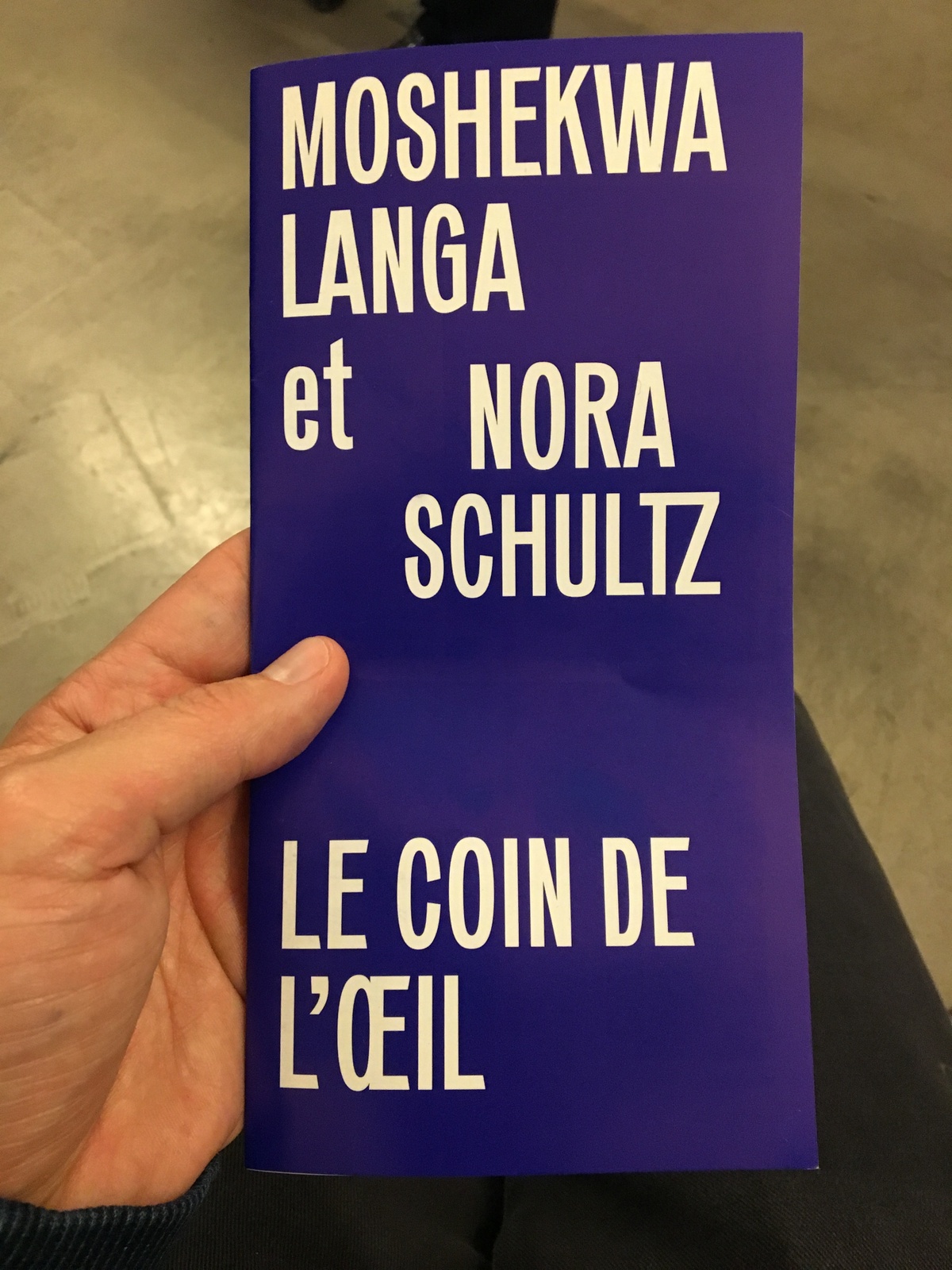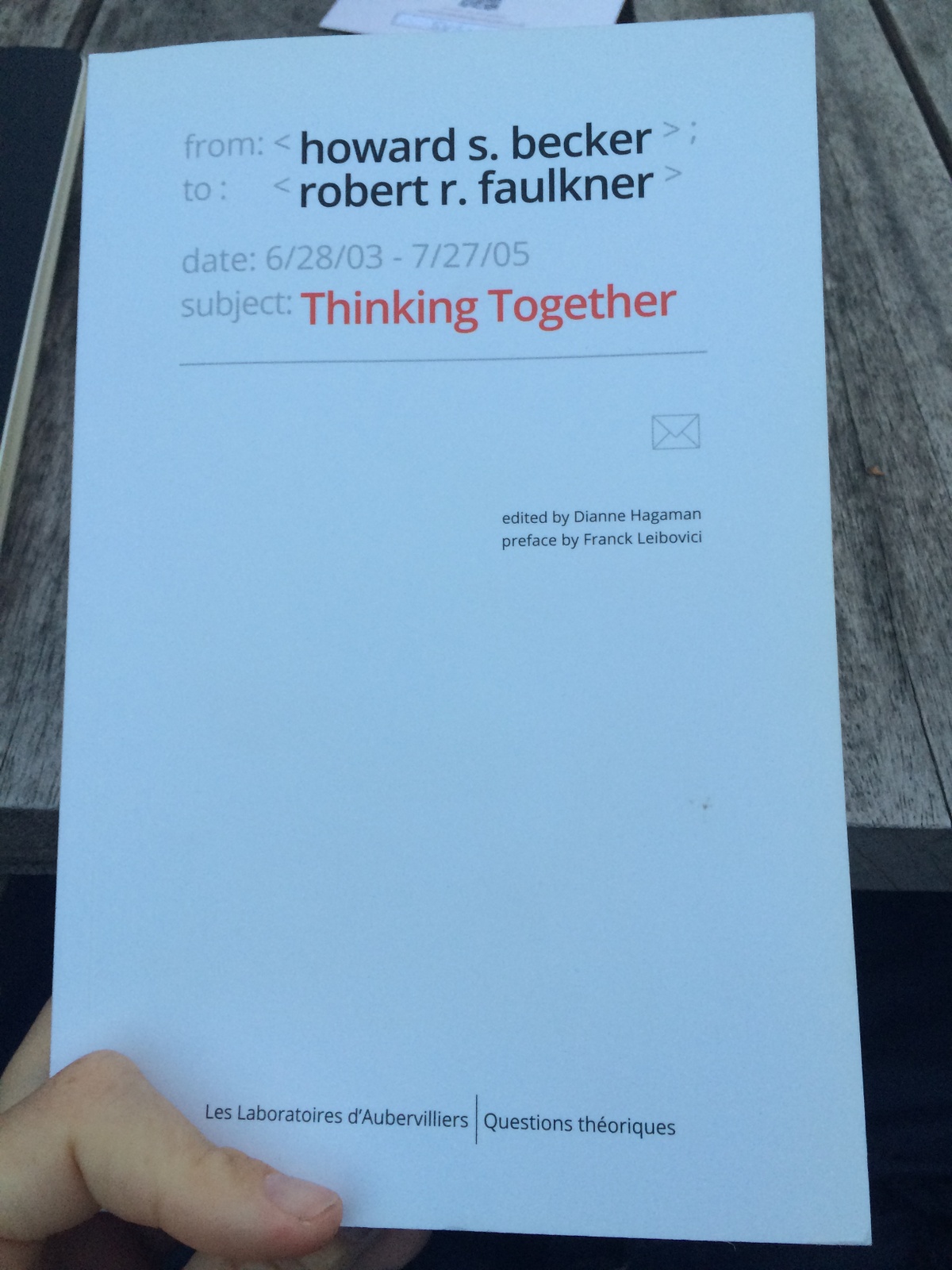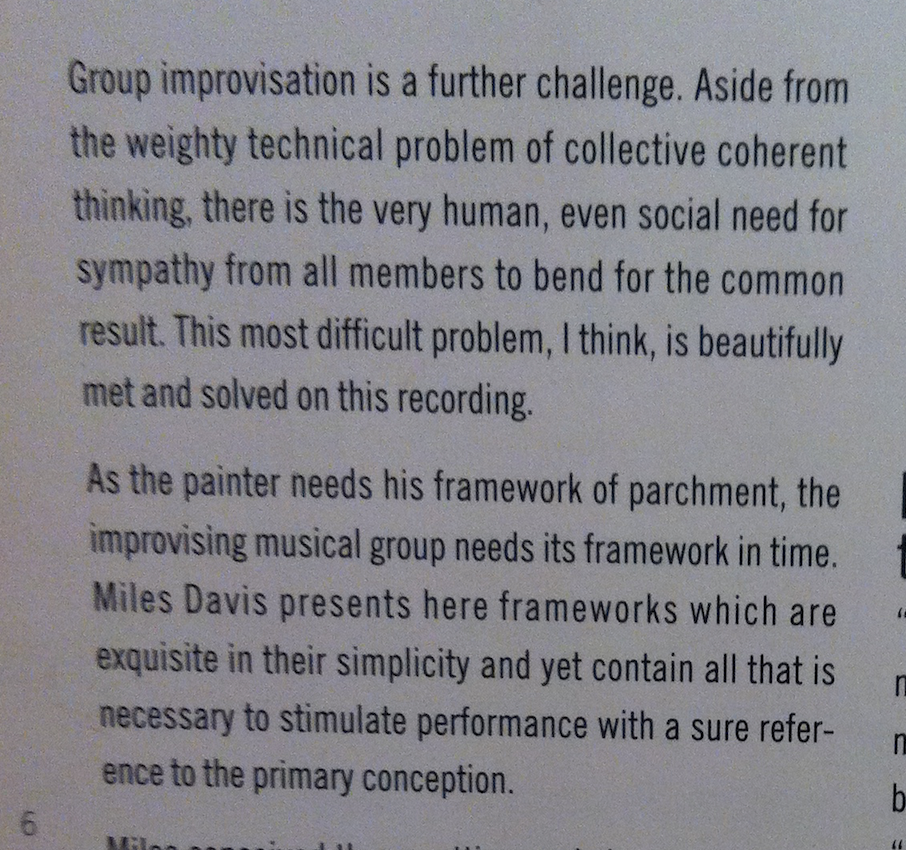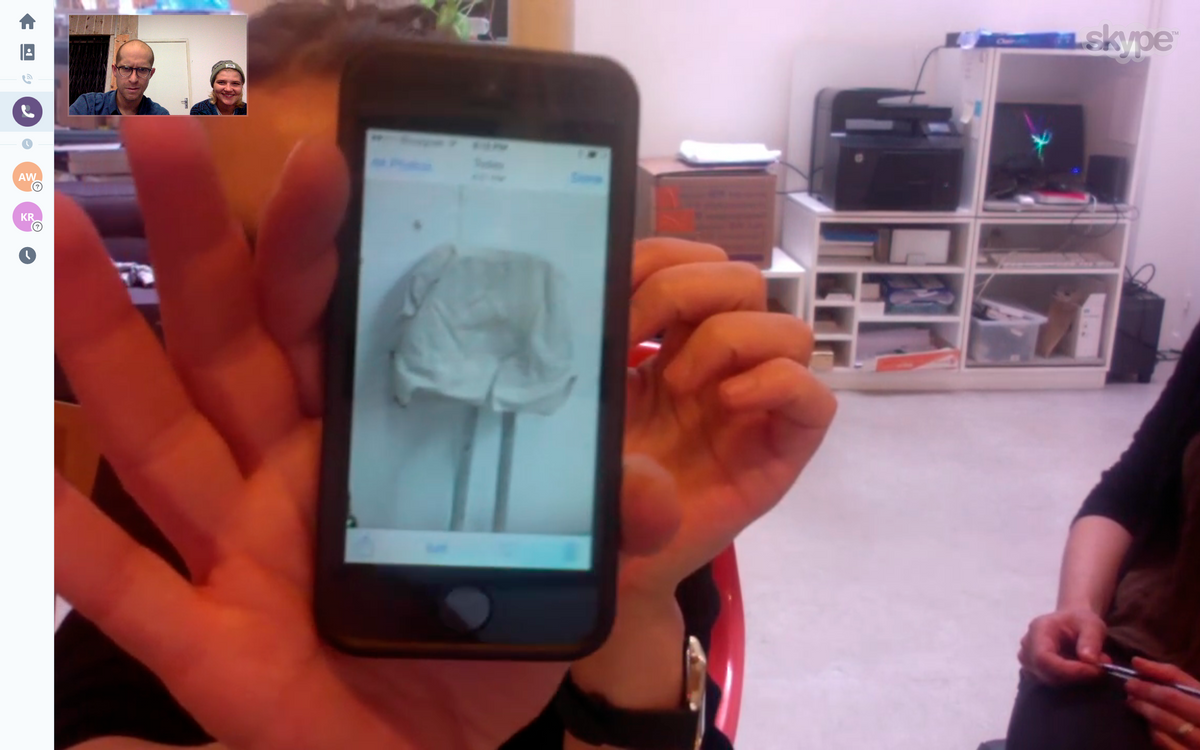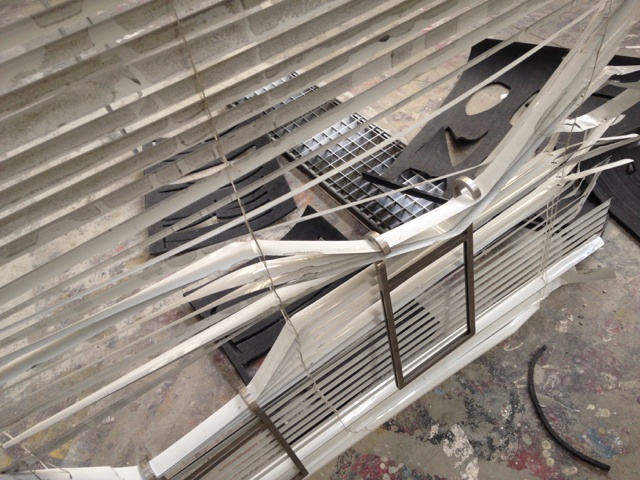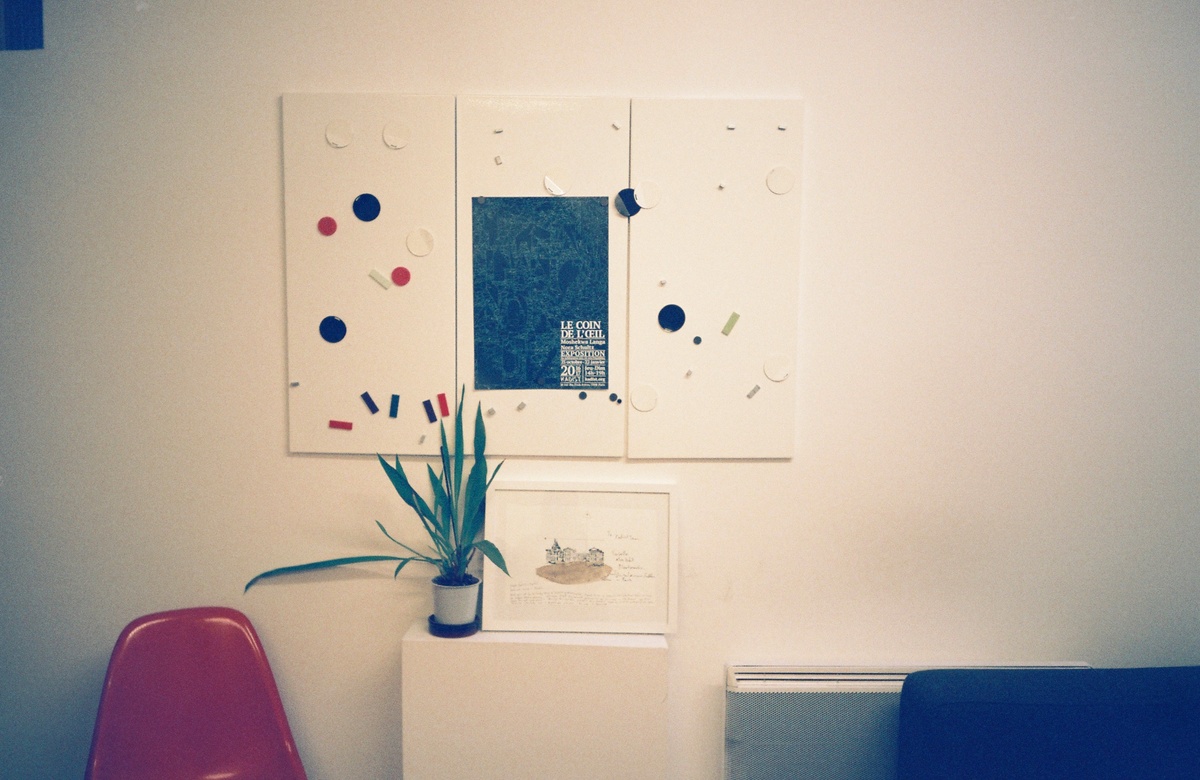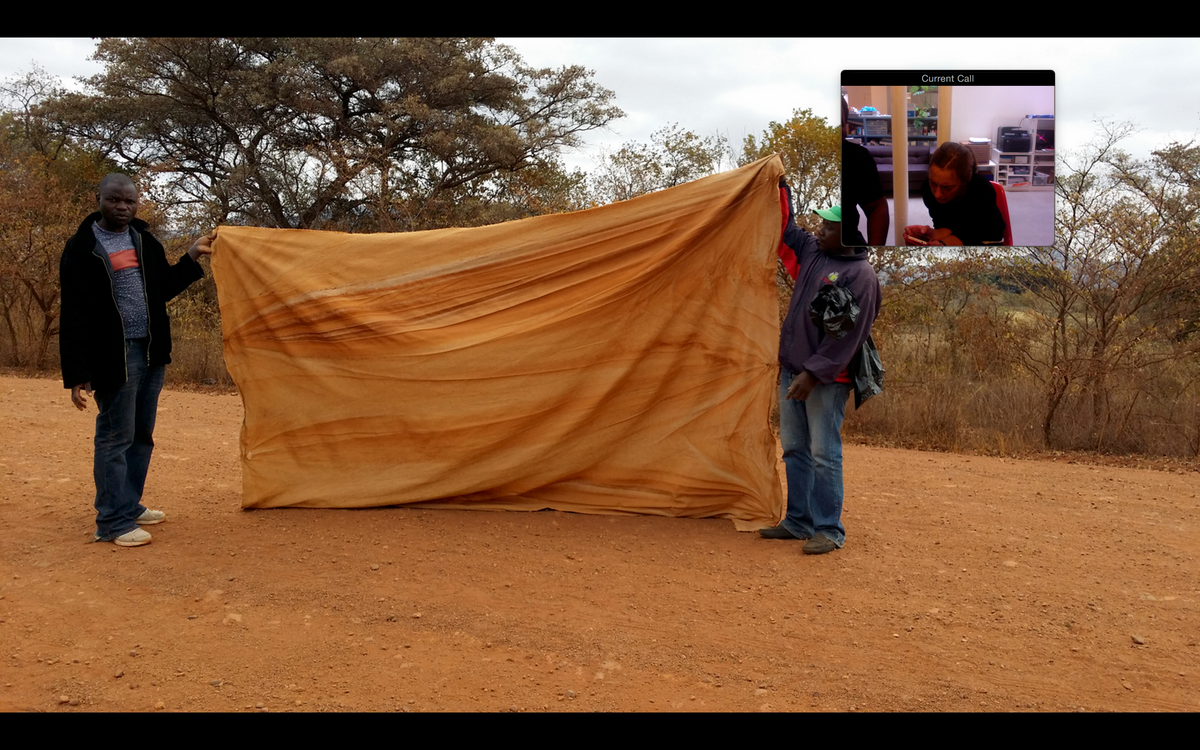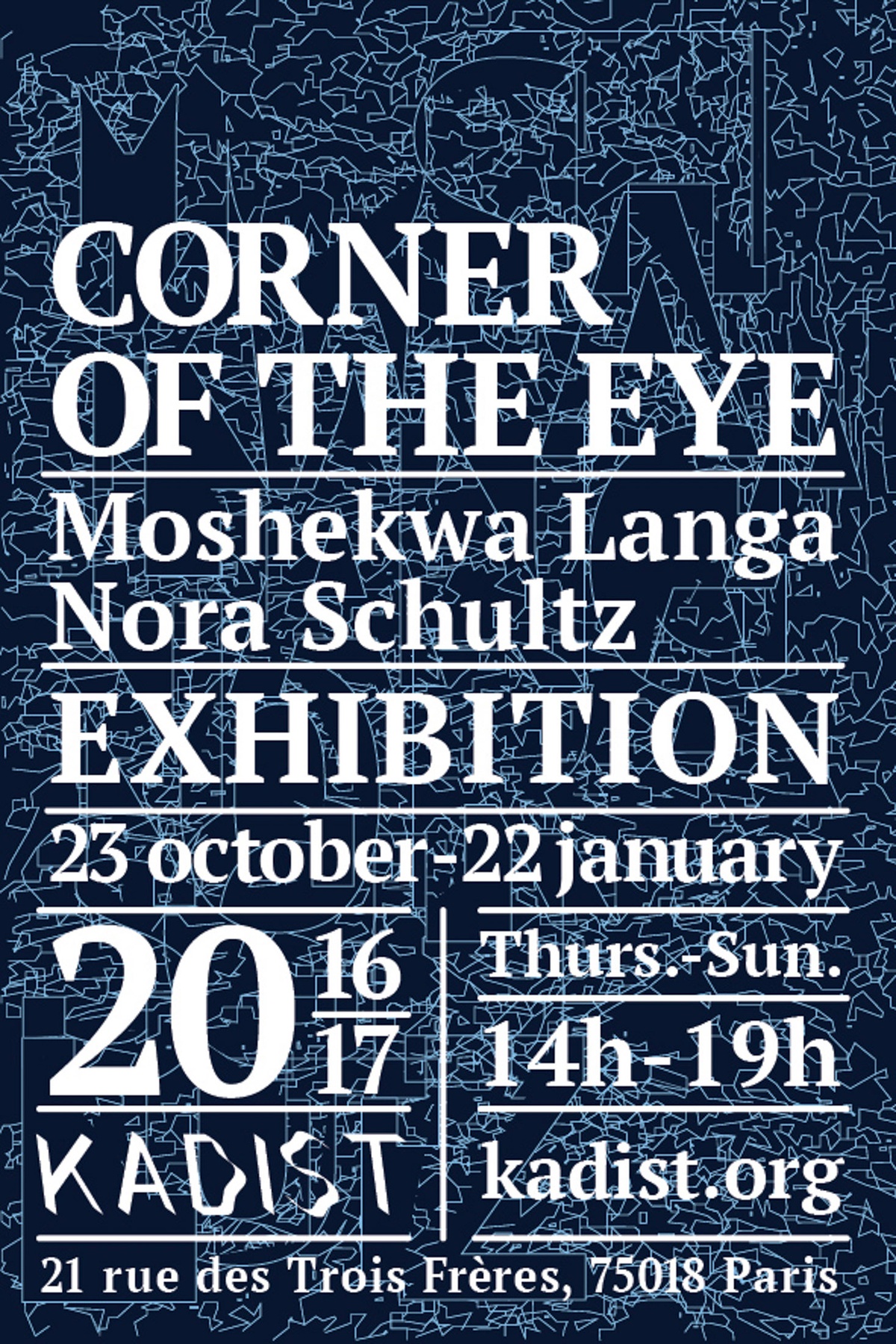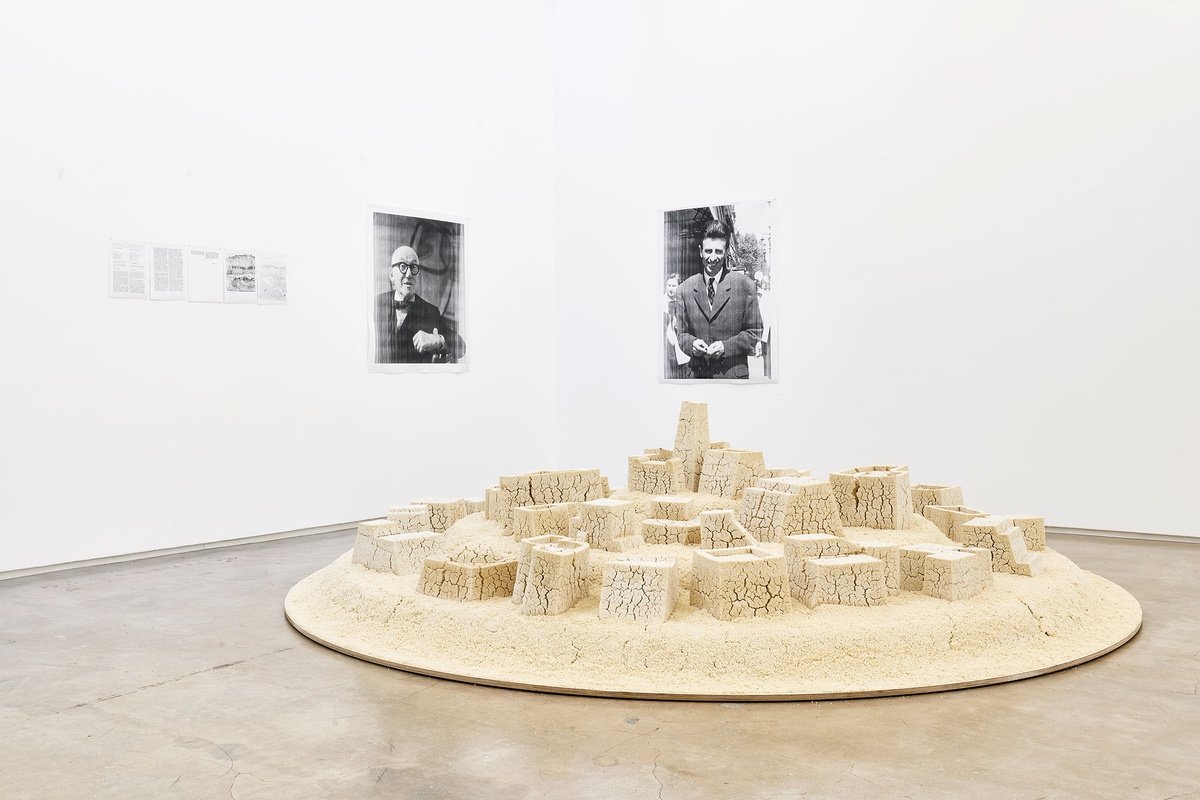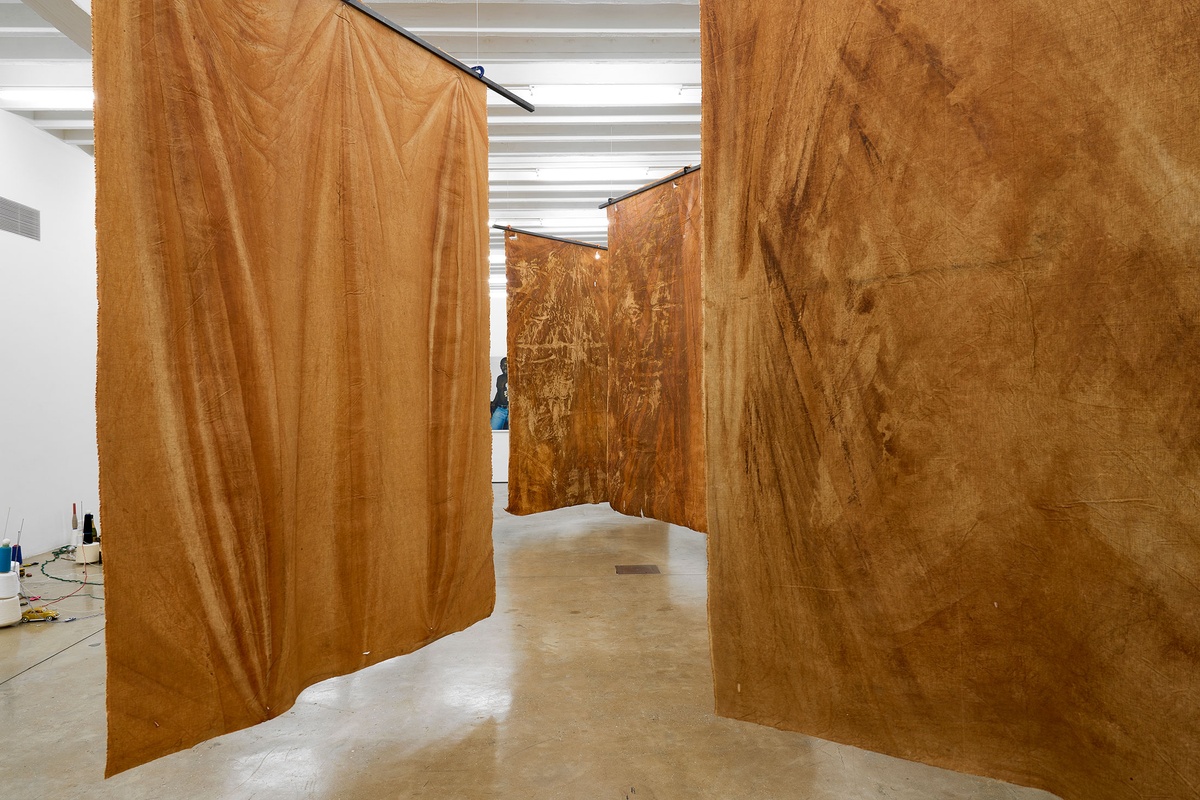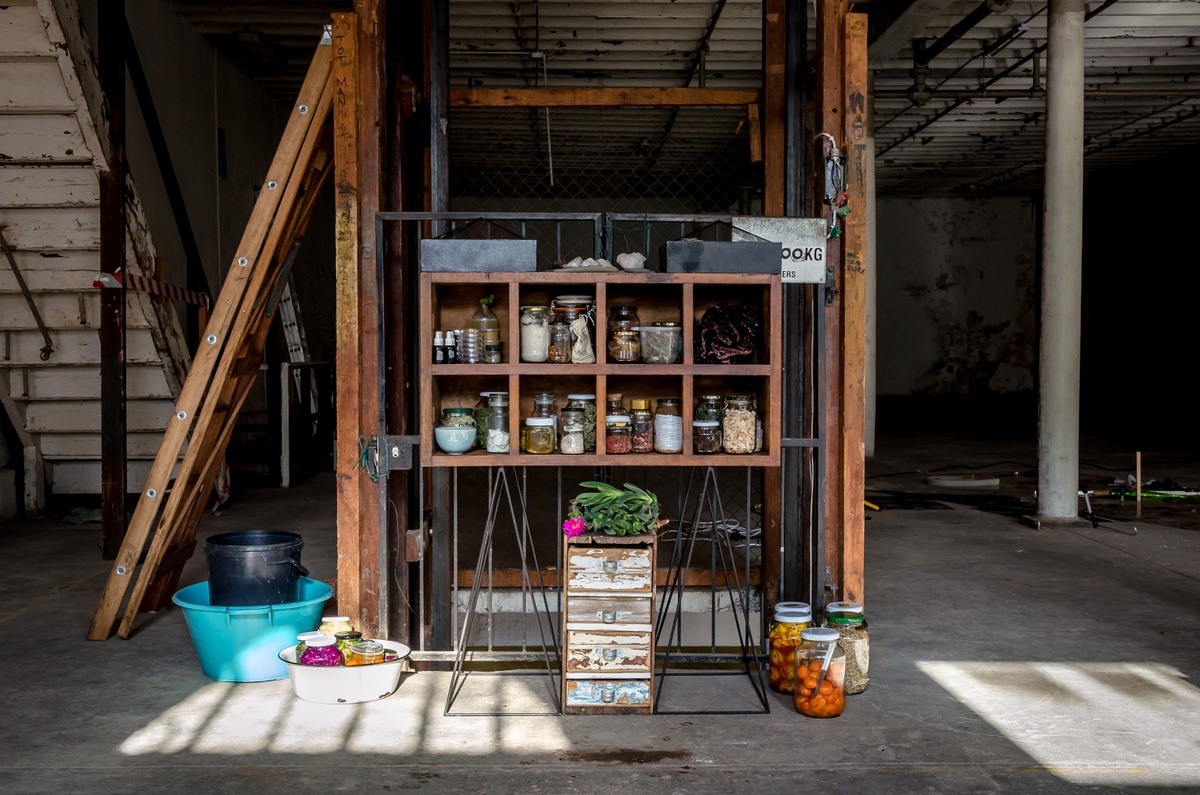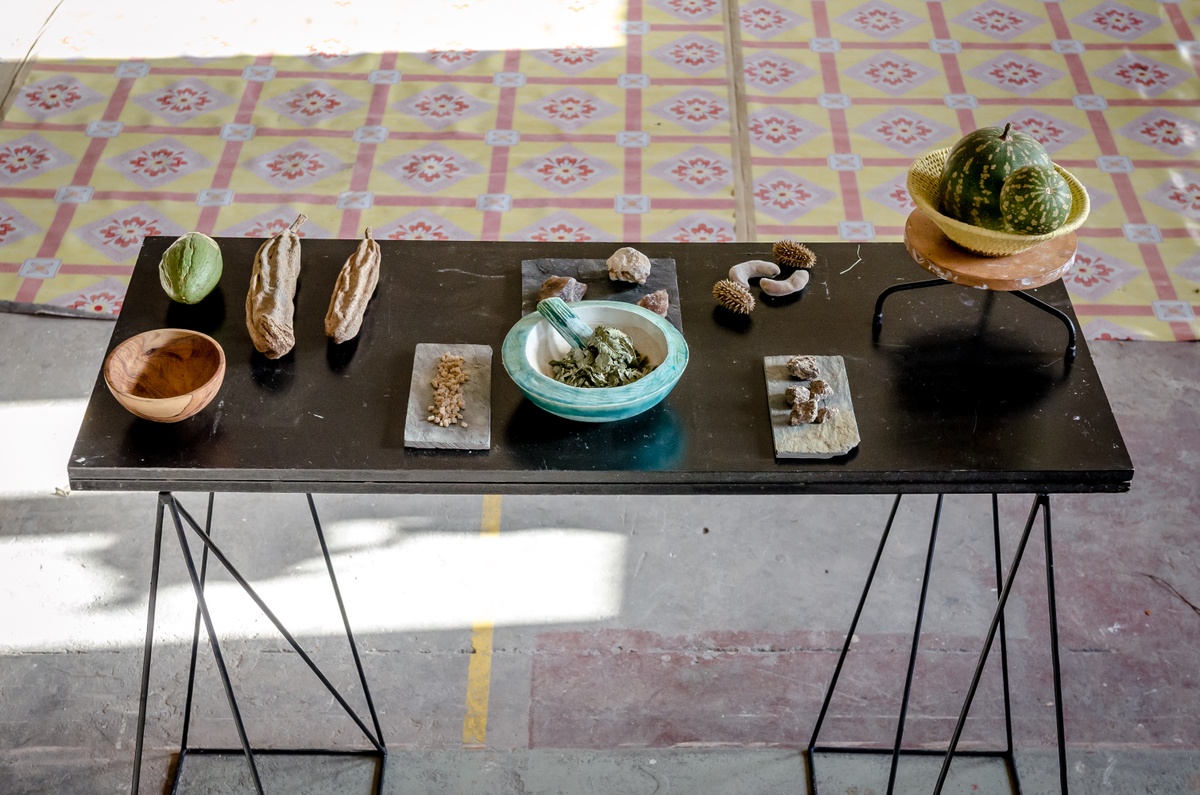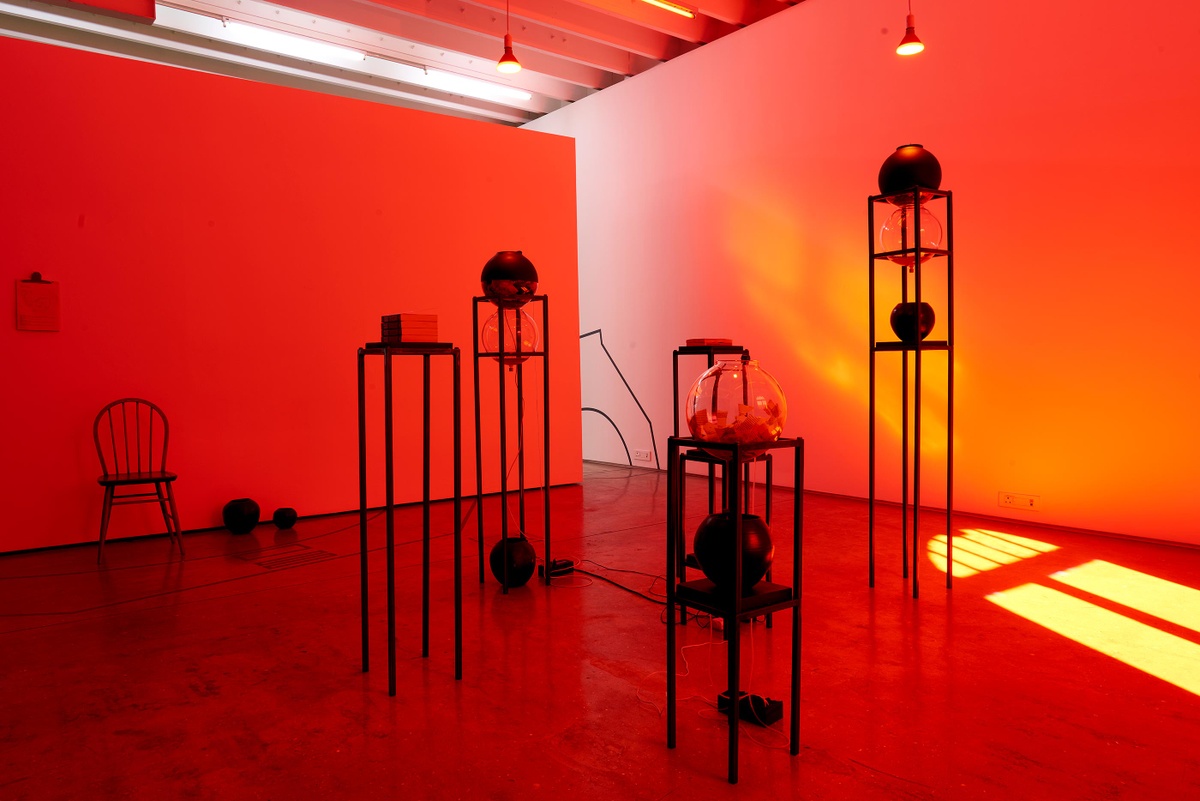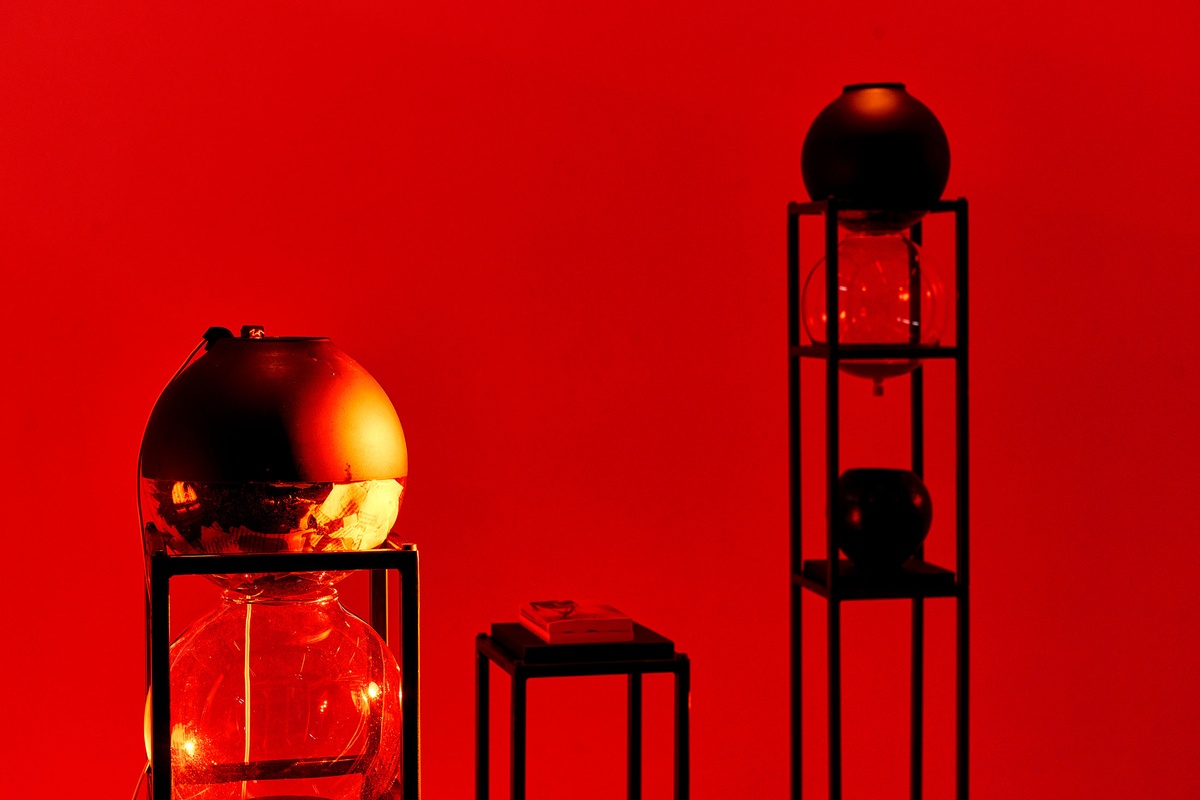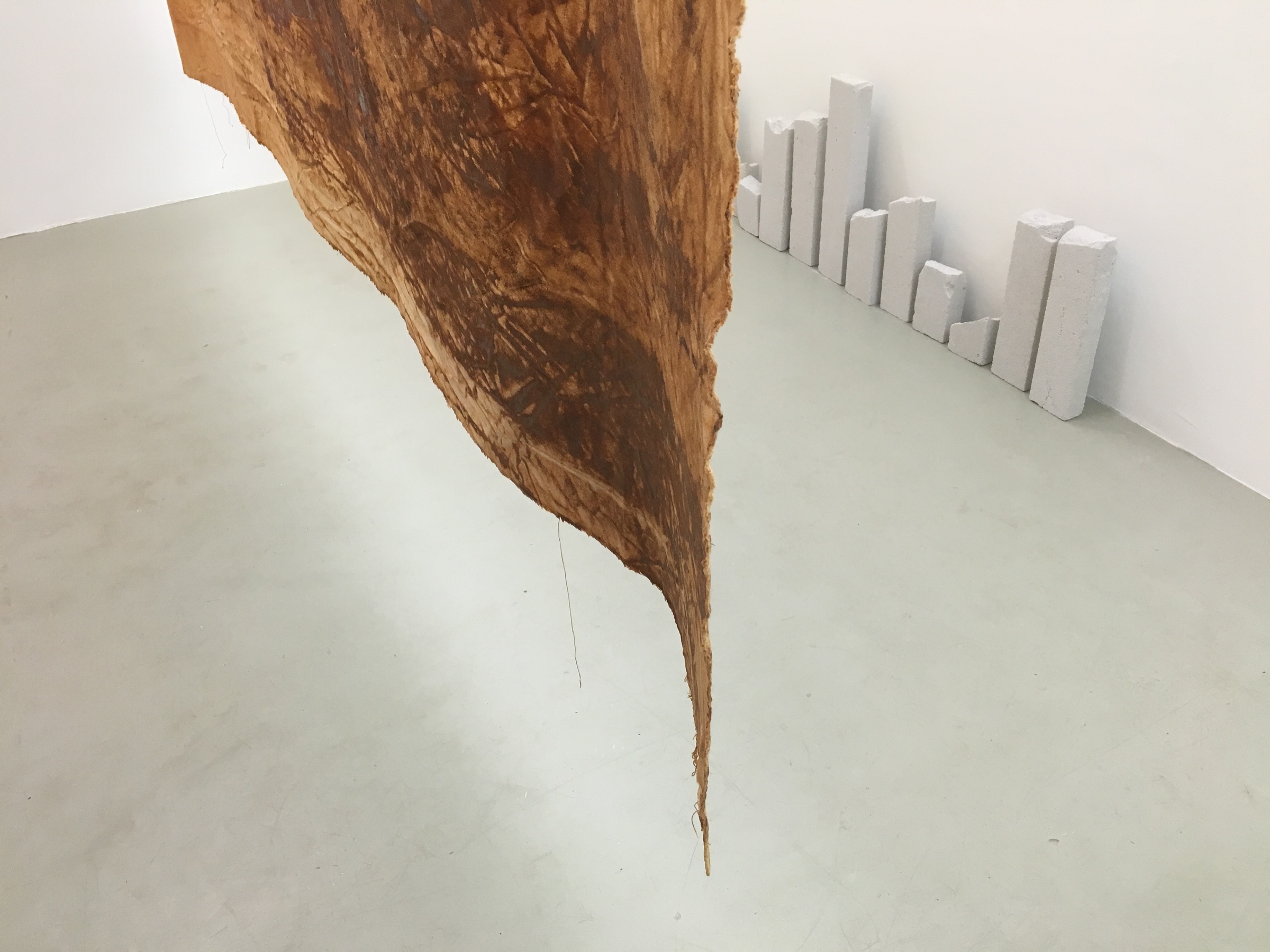
Artists:
Moshekwa Langa
Nora Schultz
Exhibition producer:
Sophie Potelon
Text:
Stefanie Hessler
Publication concept and design:
francis burger
Partners:
Kadist Art Foundation
The project is catalysed by a material resonance between the works of the artists Moshekwa Langa (SA) and Nora Schultz (DE): telluric painting intersecting aerial sculpture.
Langa and Schultz produce works in residency at Kadist, working in parallel towards a combined exhibition. The respective residencies are advanced by a conversation and sharing of images, texts and references over several months.
“Corner of the eye was composed by two artists, Moshekwa Langa and Nora Schultz. They come together as two soloists who have never played a duo, nor met, joined by their conductors, A4 Arts Foundation (Cape Town) and Kadist (Paris). But mind, the conductors are mischievous, uninterested in creating harmony, always preferring cacophony and the extra-musical.”
– Stefanie Hessler, Director of the Swiss Institute
“If I picture Nora and Moshekwa’s exhibition in Paris, I think of jazz. In improvisation, the sounds produced by the breath into a trumpet’s mouth, the touch of a piano’s key and the caressing of strings on a cello’s neck are unpredictable. Their dialogue produces more noise than signal; yet the seeming eclecticism is manifold. It evades unison speech and the unity of Bach’s fugues.”
– Stefanie Hessler, Director of the Swiss Institute
“From an affinity between the work of Moshekwa Langa and Nora Schultz, to the production of their new installations, we witnessed how artists experimented from a series of reactions between materials, conserving their ties to their places of origin.”
– Léna Monnier, Kadist
